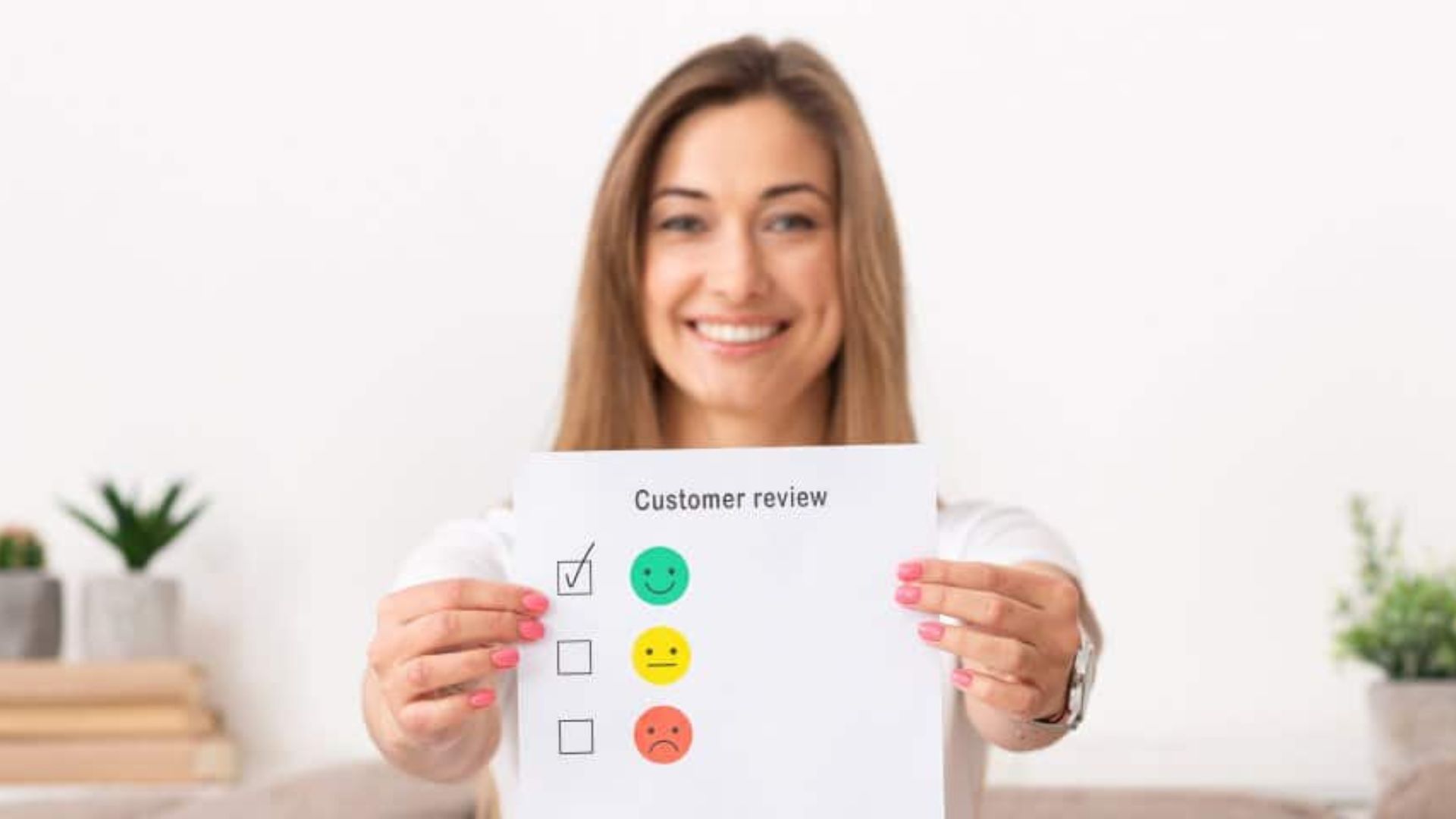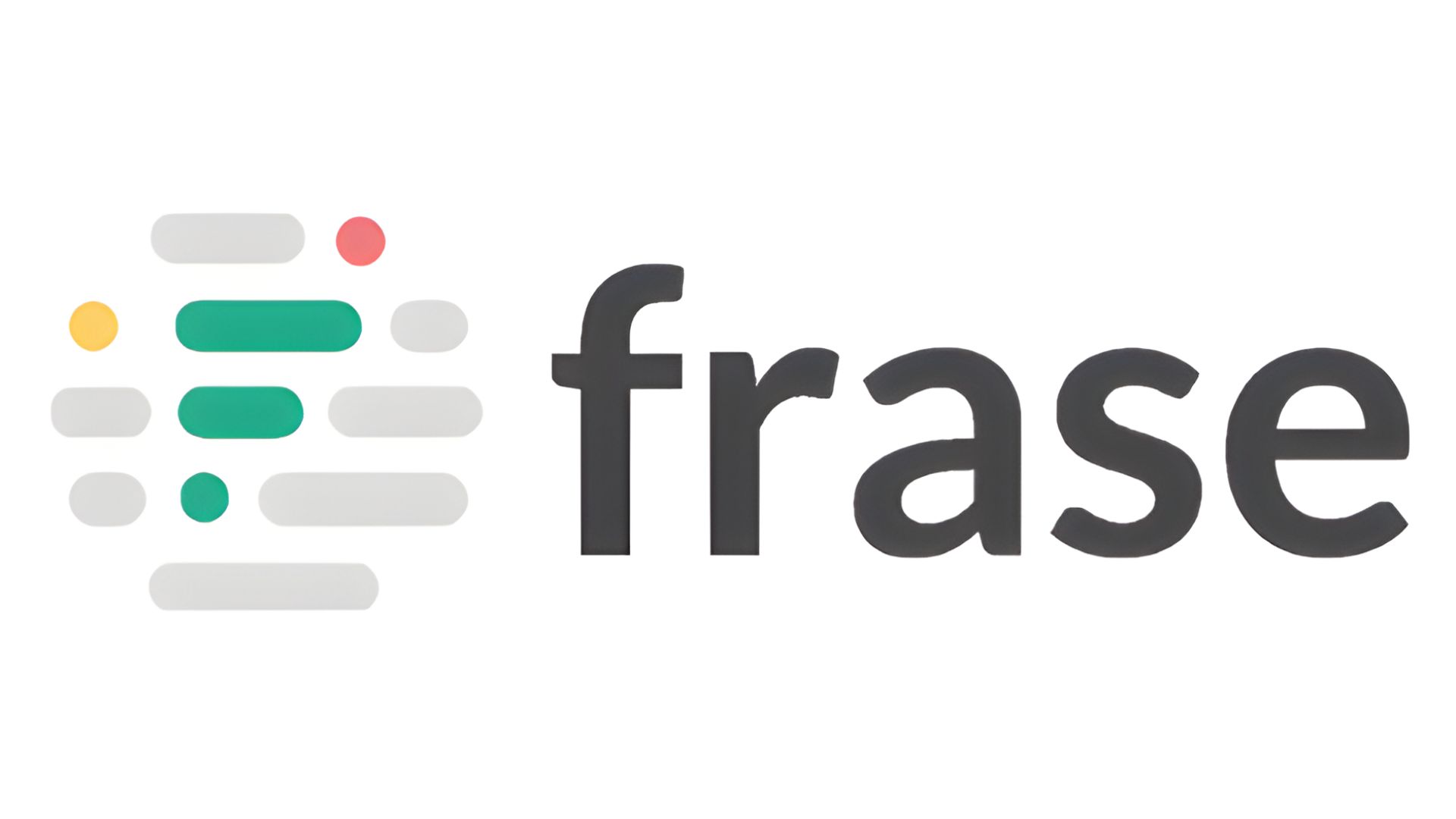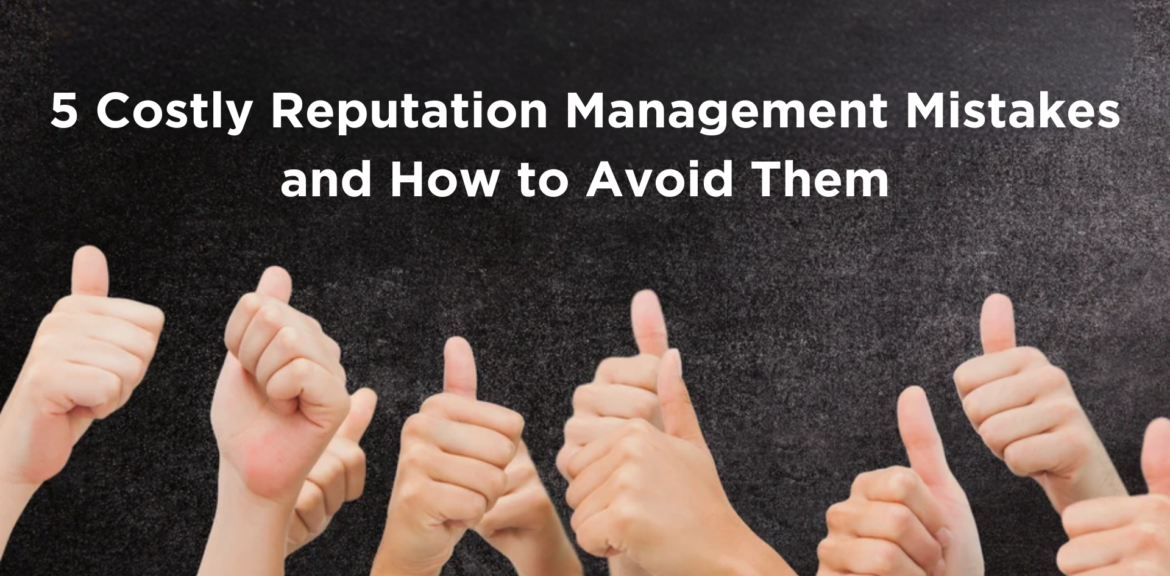Understanding the Differences Between Product and Service Reviews
Online reviews have great power. When a customer buys a product or seeks a service, their decision is typically influenced by the experiences of others. However, not all reviews are conducted in the same manner. There are fundamental differences between product and service evaluations, both in writing style and impact on potential buyers. Understanding the distinctions is crucial for both businesses and customers.
What Are Product Reviews?

Product reviews focus on actual things, such as electronics, apparel, furniture, and kitchen equipment. These reviews often focus on certain characteristics of the product, such as quality, durability, performance, and value for money.
Key Elements of a Product Review
- Performance & Functionality – How well does the product work? Does it perform as expected?
- Durability & Longevity – Does the product last over time? Does it withstand wear and tear?
- Quality & Craftsmanship – Is the product made from good materials? Does it feel premium or cheap?
- Ease of Use – Is the product user-friendly? Does it require complicated setup or maintenance?
- Value for Money – Is the product worth the price? Are there better alternatives?
- Comparisons & Alternatives – How does the product compare to competitors?
Product reviews frequently incorporate star ratings, photos, and videos to offer a thorough appraisal. Many shoppers seek unpacking experiences and hands-on demonstrations before making a purchase.
What Are Service Reviews?

Service reviews, on the other hand, prioritize experiences above tangible things. These can apply to a wide range of companies, including restaurants, hotels, healthcare providers, and repair services.
Key Elements of a Service Review
- Customer Experience – How was the overall interaction? Was the staff friendly and professional?
- Quality of Service – Did the service meet expectations? Was the job done efficiently?
- Communication & Responsiveness – Was it easy to book an appointment or get assistance?
- Timeliness – Was the service delivered on time? Were there any delays?
- Problem Resolution – If something went wrong, how did the company handle it?
- Reputation & Trustworthiness – Is the service provider reliable and reputable?
Unlike product reviews, service reviews frequently emphasize emotional experiences. A customer's image of a service is highly impacted by how they felt throughout the transaction, hence these reviews are more subjective than product reviews.
Key Differences Between Product and Service Reviews

Tangibility vs. Experience
- Product reviews analyze tangible goods that can be handled, tested, and compared.
- Service reviews assess experiences that differ according to individual contacts.
Consistency vs. Variability
- Except for flaws, a product will essentially remain the same for every purchaser.
- A service might differ depending on who offers it, making consistency difficult.
Objective vs. Subjective Elements
- Reviews of products usually highlight quantitative features, such as battery life or material quality.
- Service reviews are primarily based on personal experiences and sentiments, which may differ greatly from person to person.
Longevity of Reviews
- A product review is valid until a new model is released.
- A service review can soon become out of date if the company changes its workforce, rules, or practices.
Why These Differences Matter to Consumers and Businesses

Understanding the distinctions between these two sorts of evaluations enables customers to make educated decisions. For example:
- A negative product review is likely to indicate a faulty item, but a negative service review might indicate a one-time problem with an employee.
- A highly rated product often assures quality, but a highly rated service is dependent on who gives it.
For businesses, the distinction is equally important:
- Product-based businesses should prioritize quality control, client feedback, and competitive pricing.
- Customer experience, employee training, and feedback response must all be prioritized in service businesses.
Best Practices for Writing Helpful Reviews
For Product Reviews:
- Be specific about features and functionality.
- Include photos or videos if possible.
- Compare the product to similar items.
- Discuss durability and long-term use.
- Avoid making too long remarks and clarify why you liked or hated the product.
For Service Reviews:
- Focus on the overall experience and not just one small detail.
- Describe interactions with staff and customer support.
- To be fair, was the problem due to the company’s fault or an external factor?
- Note any issues and how they were handled.
- Keep your review balanced; include both positive and negative aspects when applicable.
The Influence of Reviews on Purchasing Decisions

According to surveys, more than 90% of consumers read online reviews before buying a product or booking a service. However, the type of review individuals want differs based on what they’re buying.
- E-commerce customers rely on product reviews with high ratings and extensive explanations.
- People shopping for services frequently value testimonials that address dependability and client satisfaction.
Furthermore, unfavorable reviews have a significant impact. A faulty product might result in a large number of returns, but a bad service rating can lead to customer loss and reputational harm.
How Businesses Can Respond to Reviews Effectively

For Product Reviews:
- Acknowledge and handle negative feedback.
- Offer options such as refunds, replacements, or troubleshooting assistance.
- Use comments to help shape future product ideas.
For Service Reviews:
- Respond to client problems in a fast and professional manner.
- Apologize or compensate when required.
- Encourage pleased customers to post good ratings to counterbalance the infrequent unsuitable ones.
Conclusion
Both product and service reviews influence purchase decisions, although they serve distinct functions. Product reviews emphasize functionality and durability, whereas service reviews focus on user experience. Understanding these distinctions helps consumers and businesses navigate the world of online feedback more successfully. Whether you’re purchasing a new device or scheduling a cleaning service, understanding how to analyze reviews may make all the difference in assuring a great experience.




























































